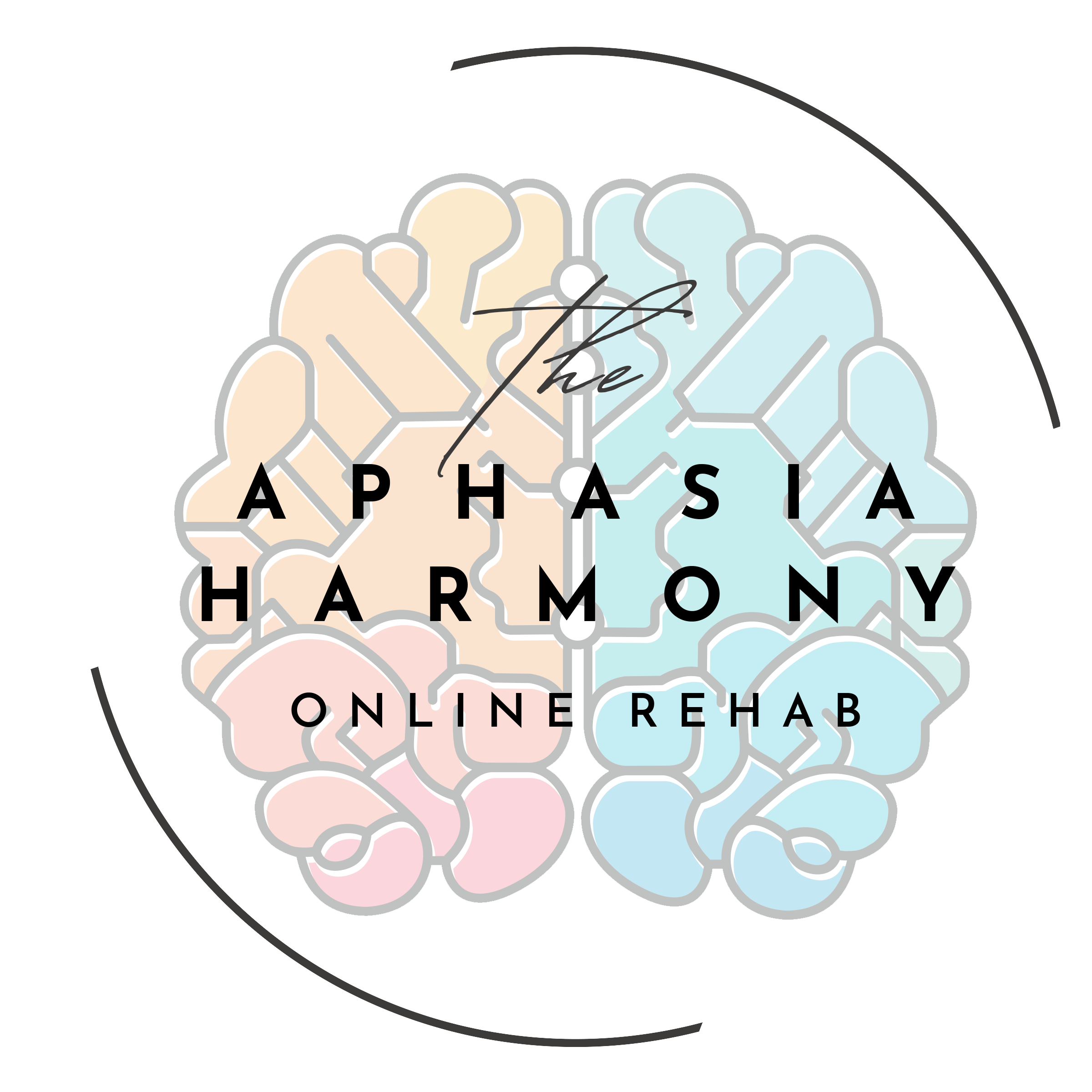Breaking the Silence: Strategies for Effective Communication with Aphasia
For Communication Partners (Family, Friends, Caregivers)
- Speak Slowly and Clearly – Use simple sentences and pause to allow processing time.
- Use Gestures and Facial Expressions – Supplement speech with gestures, pointing, and visual cues.
- Write Key Words – Jot down important words to reinforce understanding.
- Ask Yes/No or Choice Questions – Instead of open-ended questions, provide options (e.g., “Do you want coffee or tea?”).
- Encourage Nonverbal Communication – Allow the person to use drawings, gestures, or communication boards.
- Be Patient and Give Extra Time – Allow the person to respond without rushing or finishing their sentences.
- Confirm Understanding – Repeat or rephrase what you understood to ensure clarity.
For Individuals with Aphasia
- Use Alternative Communication Methods – Utilize pictures, writing, or electronic communication apps.
- Practice Frequently Used Phrases – Rehearse common words and phrases for daily situations.
- Carry a Communication Notebook or Device – Have a tool with key phrases, pictures, or symbols to aid conversation.
- Stay Relaxed and Take Breaks – Stress can make communication harder, so take pauses when needed.
- Advocate for Yourself – Let others know how they can best support your communication needs.

